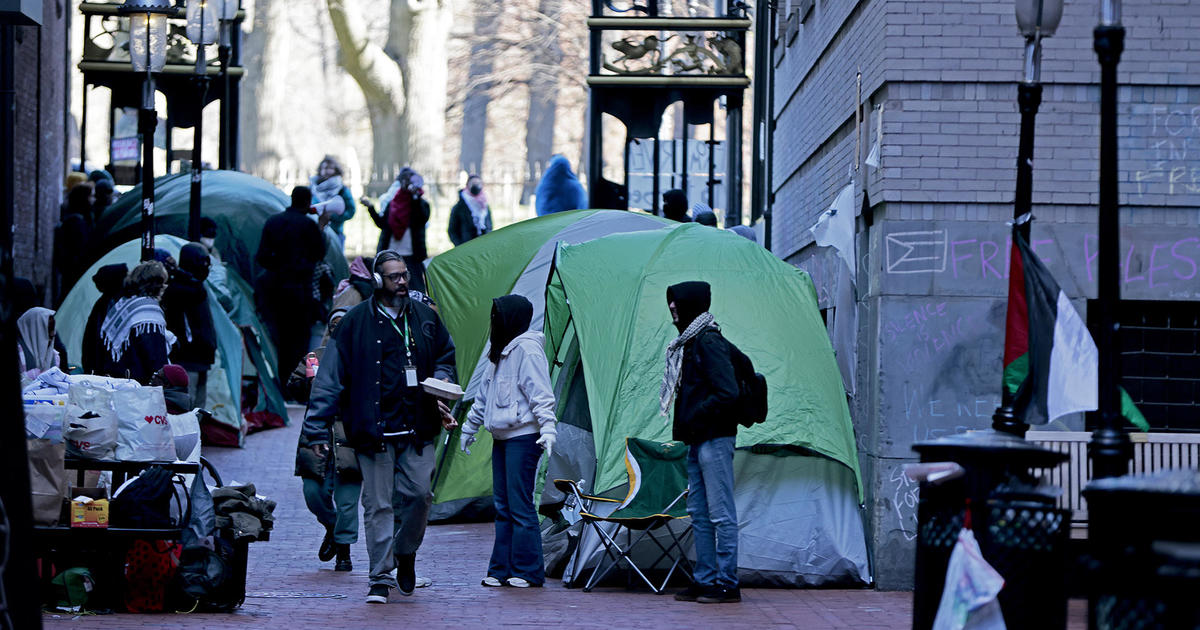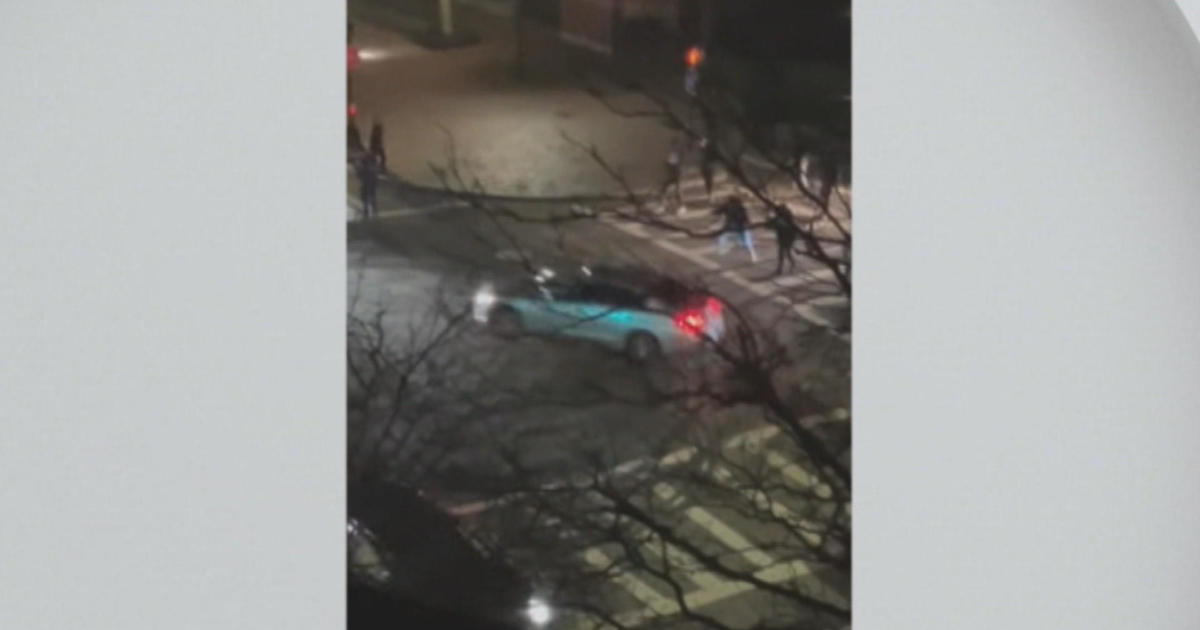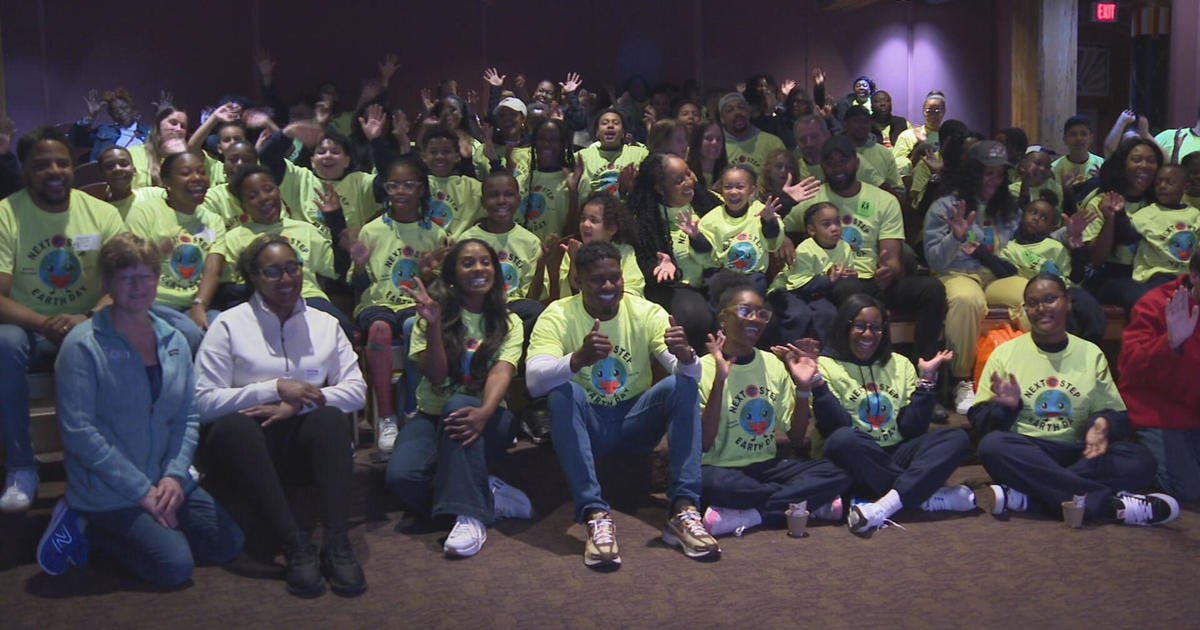First Responders Faced Daunting Task Following Bus Crash In Boston
BOSTON (CBS) - Saturday's bus crash on Soldiers Field Road in Boston that sent dozens of adults and students to the hospital required a massive effort of city first responders.
"You had a charter bus loaded with students and adults, a lot of screaming, a lot of them in shock not knowing just what had happened to them," said Boston Fire Department Spokesman Steve MacDonald, who arrived shortly after the crash.
That was the chaotic scene that greeted first responders as they scrambled to rescue people trapped on board the charter bus.
In Photos: Bus Crash Leaves Dozens Injured
The first challenge was to get inside the bus. Because the front had been crushed, occupants could not get out the front door. The roof was pushed back and down, making exiting through the windows difficult too.
Firefighters used the Jaws of Life to cut holes in the roof. According to MacDonald, at any given time 20 to 30 firefighters and paramedics were working on top of and inside the bus.
Because some of the injuries were severe, they had to carefully load patients onto back boards and pull them through the holes. Then they were lowered to the ground.
"There was some with severe head trauma, bleeding, and open wounds, some neck back, arm leg, bruises," said MacDonald of the kinds of injuries firefighters and paramedics encountered.
WBZ NewsRadio 1030's Mark Katic reports on the Red Cross response
Podcast
Boston EMS declared a stage 3 casualty response. Workers had to act quickly to identify those in need of the most urgent help.
They use a color coded system, first using green tape for the "walking wounded", yellow for moderate injuries and red for the most severe injuries. Later they gave each patient a barcoded tag and separated them by their level of injuries.
"We will make decisions if they're breathing too slow, too fast can we address it and then we move on. If they're bleeding, we stop it and then we move on," said EMS Deputy Superintendent Susan Schiller.
The process moves fast, forcing emergency personnel to make patient care decisions in a matter of seconds.
Saturday was the kind of organized chaos these crews train for.
"The training kicks in and you just automatically go to work," MacDonald said. "And then once it's all over, you stop and realize wow, that was some incident."



